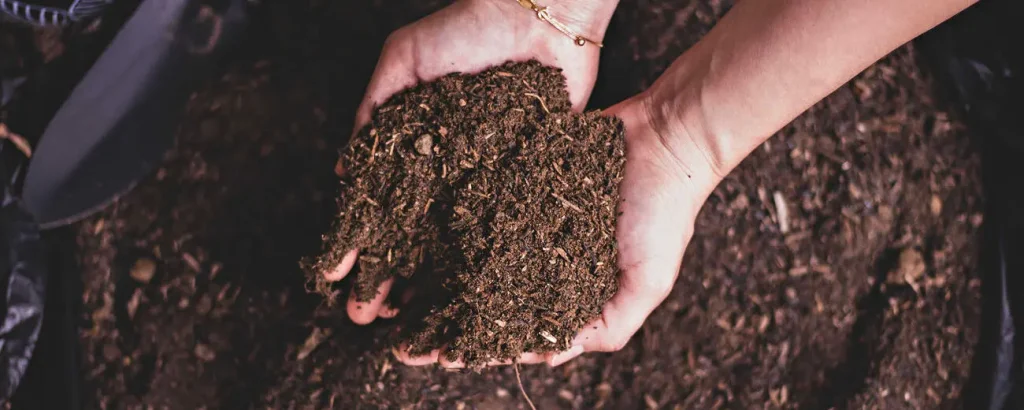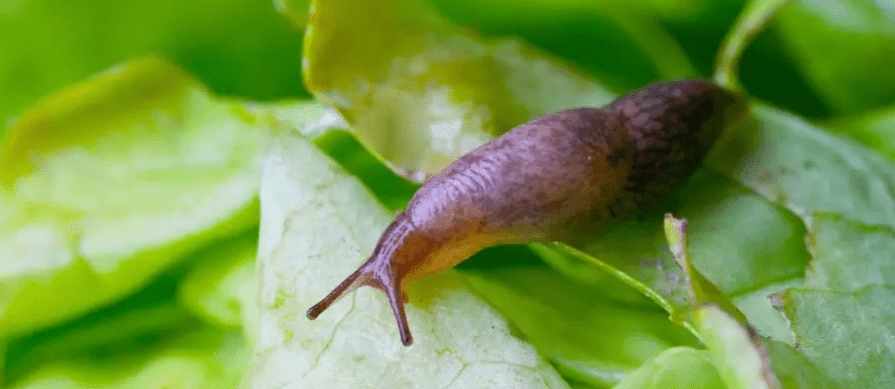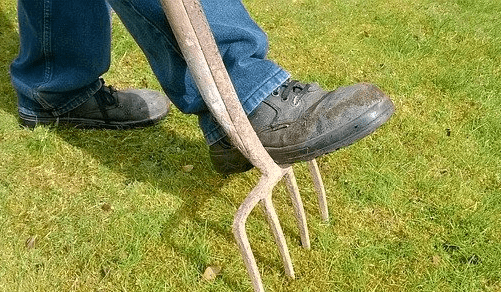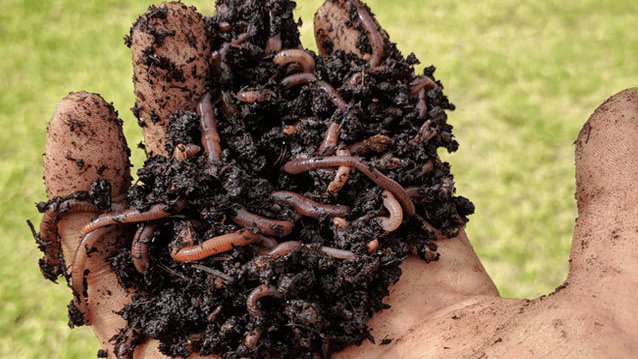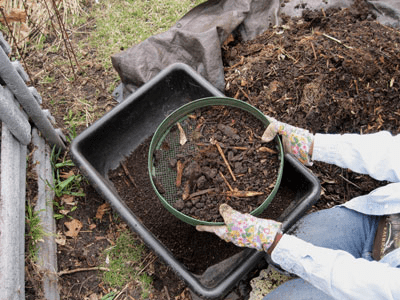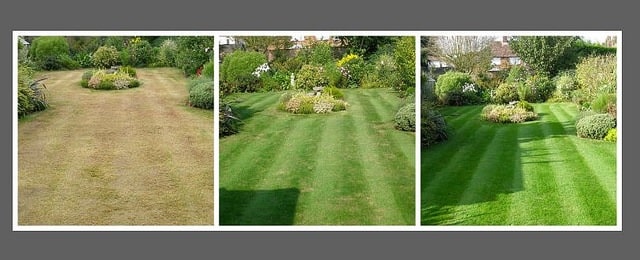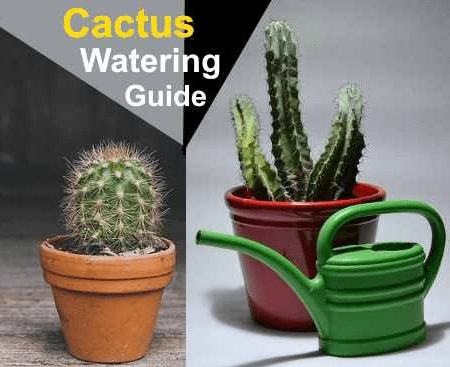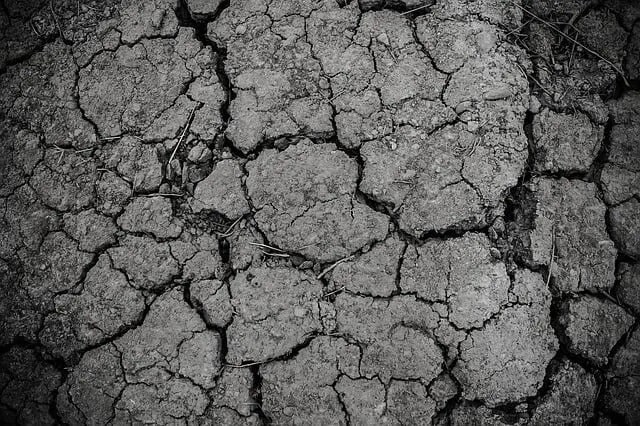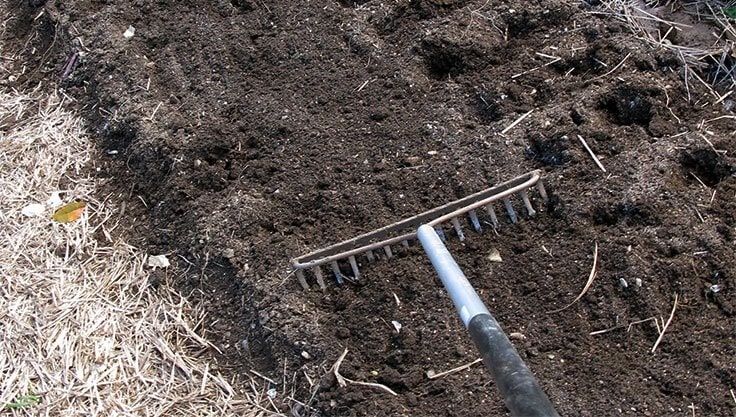Reusing Old Potting Soil: Can Last Year’s Soil Still Be Used?
As the planting season begins, many gardeners wonder: Can last year’s soil still be used? Here’s the answer.
If potting soil is stored improperly, it can lose nutrients and moisture.
Spring is here, and the planting season is starting. Looking into last year’s flower boxes and planting bags, you might ask yourself whether the old potting soil needs to be discarded or if it can still be used. Experts say that under certain conditions, you can reuse it.
Contents
What Makes Good Potting Soil?
Potting soil should be rich in nitrogen and contain nutrients such as phosphorus and potassium. The pH level is also crucial for high-quality potting soil. It must absorb, retain, and release water and nutrients as needed while remaining loose and airy.
Proper Storage is Key
If potting soil is stored incorrectly, it can lose essential nutrients and moisture. “Potting soil that has been stored in a cool, dry place in a sealed bag can still be used after a year,” says agricultural engineer Michael Emmel from the Teaching and Research Institute for Horticulture in Hannover. “The problem is that the older the soil gets, the more its properties change, and in many cases, it contains fewer nutrients.”
So, should you just throw it away? No, that’s neither sustainable nor necessary, according to Emmel.
Should You Dispose of Old Potting Soil? How to Use It for Soil Improvement
Old potting soil from opened or improperly stored bags can still be used for soil improvement or mulching in the garden. Regardless of whether the bag was already opened or not, simply spread the soil over flower beds, under shrubs, or between perennials and vegetable rows. If the soil has dried out from improper storage, mix it 1:1 with fresh soil before using it in containers.
Even Nutrient-Poor Soil Has Its Uses
Using nutrient-deficient soil for balcony and container plants can hinder growth and make them more susceptible to diseases and pests. However, some plants actually benefit from nutrient-poor soil. “For example, if you want to grow seedlings, you can certainly use old potting soil,” advises Michael Emmel.
However, this is only recommended if you can be sure that the soil contains very few nutrients. Otherwise, fresh seed-starting soil is preferable for delicate seedlings. The same applies to growing lettuce and herbs, as these plants have lower nutrient requirements.
Checking and Disposing of Old Potting Soil If Necessary
If you have stored your leftover potting soil properly and want to reuse it, you should first inspect it for pests, eggs, mold, and weed seedlings, removing any issues as needed. “A little mold growth is usually not a problem,” says expert Michael Emmel. “It becomes concerning if the soil has an unpleasant smell, such as rotten eggs.” In that case, the soil should be disposed of—either in the organic waste bin or on the compost pile. Old potting soil from balcony boxes should also be added to the compost in the fall.
Turning Old Potting Soil into Fresh Soil
If the old potting soil is free of pests and has clumped together, loosen it with your hands or a rake. If the soil is very dry, moisten it slightly. Mixing it with new plant or potting soil is also an option. Additionally, enriching the soil with fertilizer is recommended. Heavy-feeding plants such as geraniums, tomatoes, cucumbers, petunias, and peppers require a high nitrogen content and will benefit from added fertilizer.

